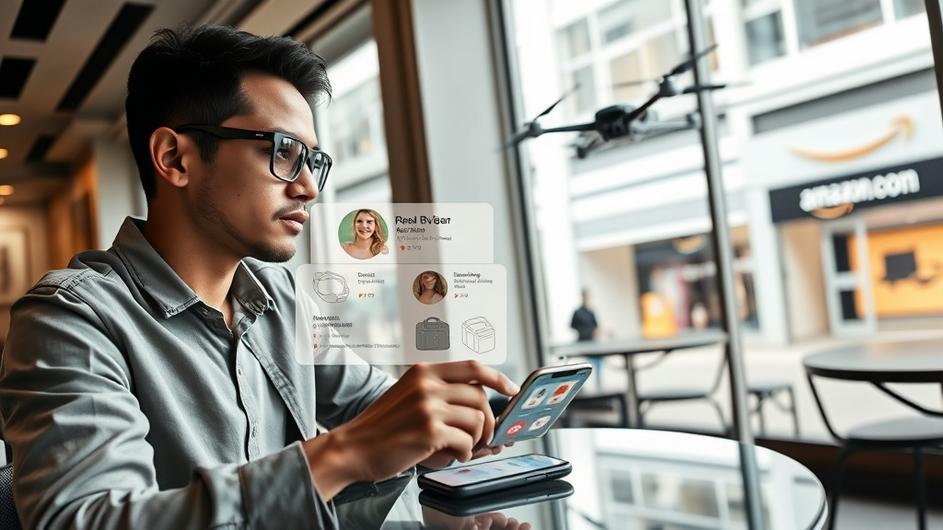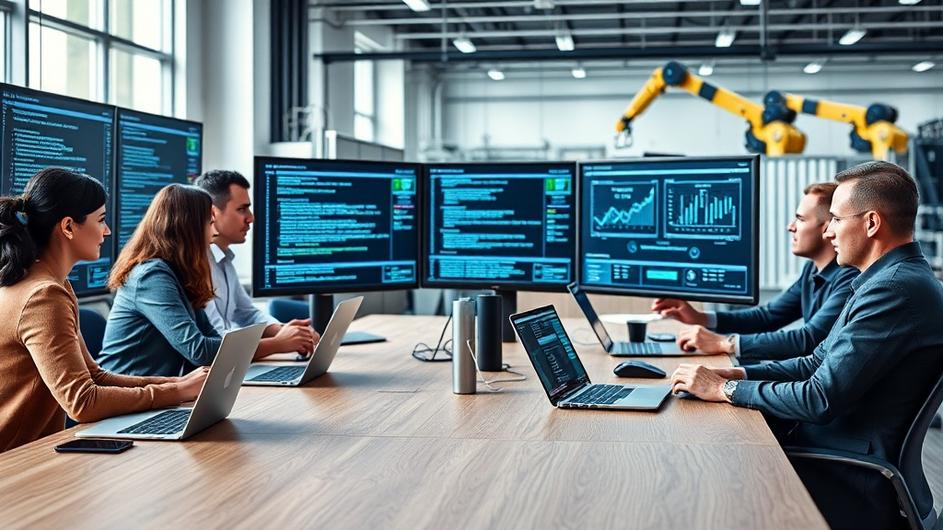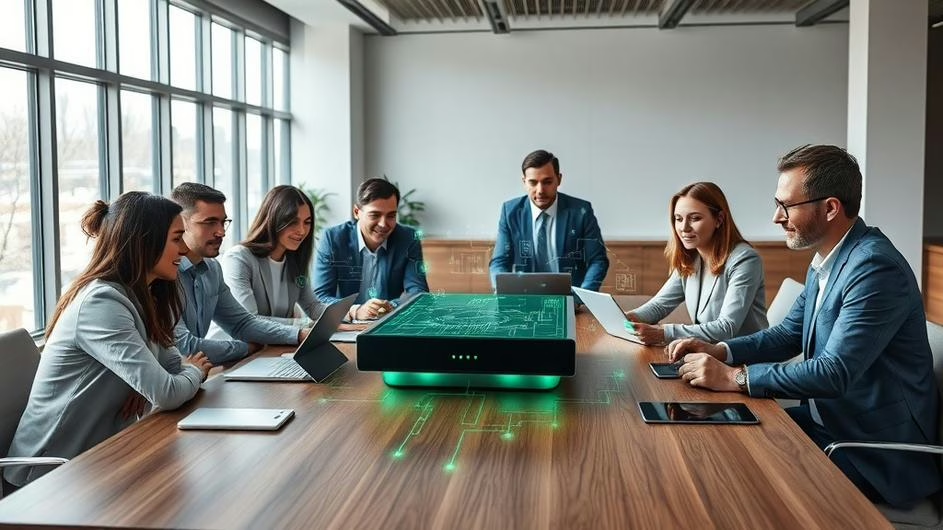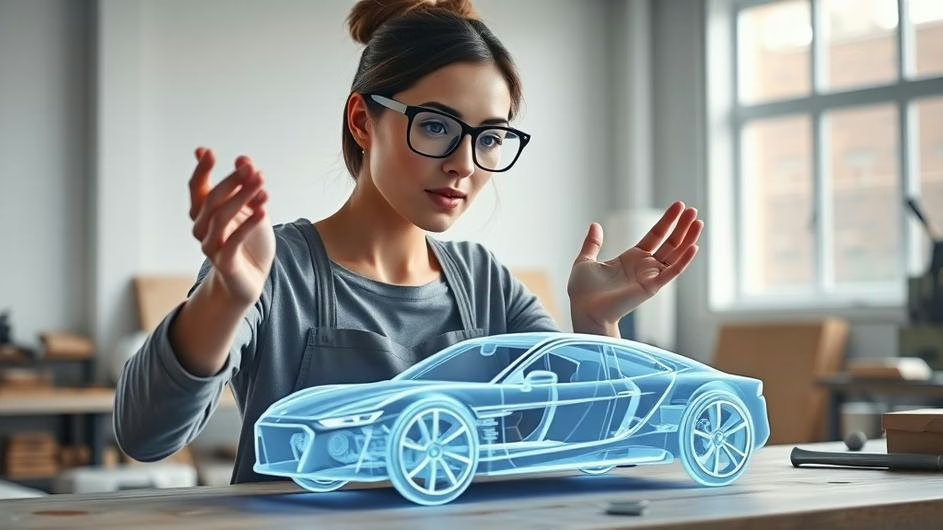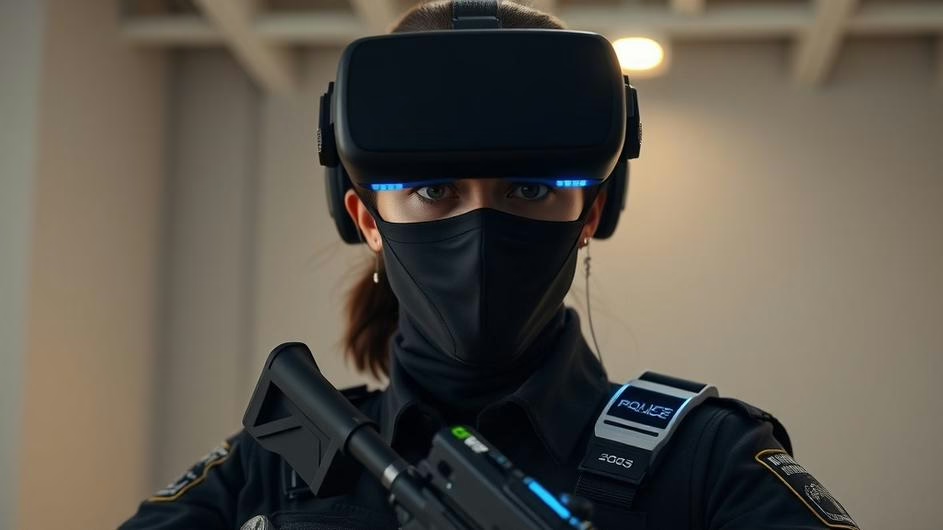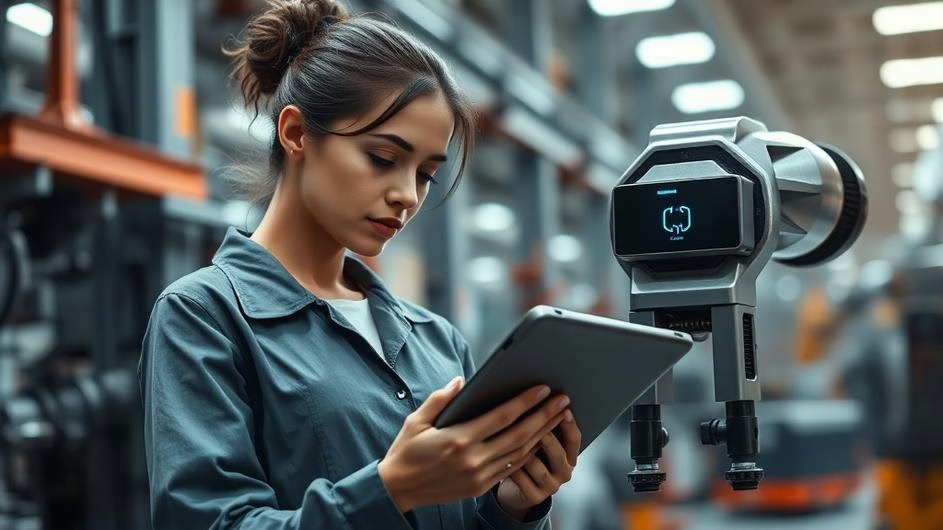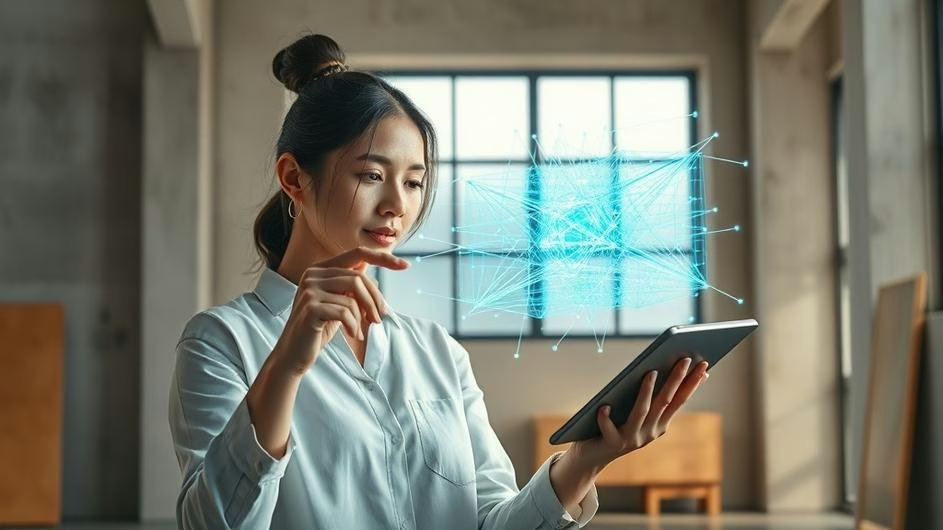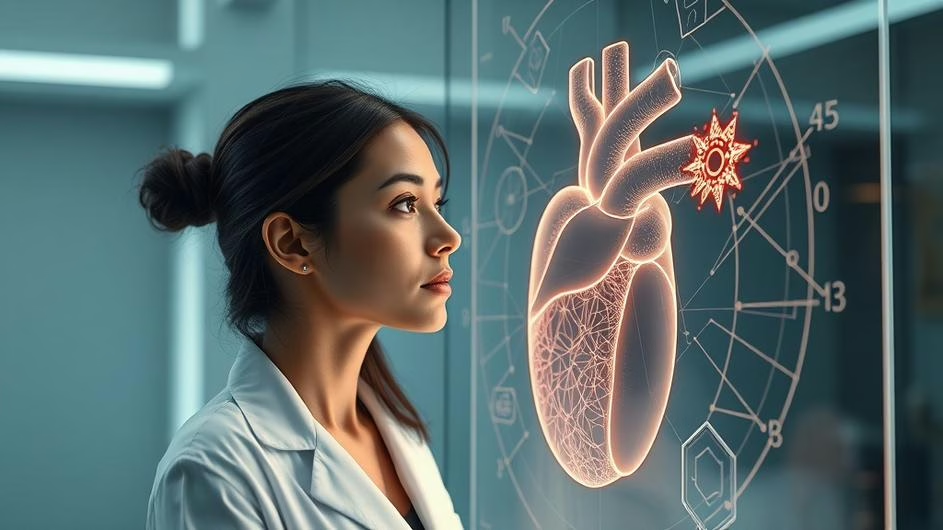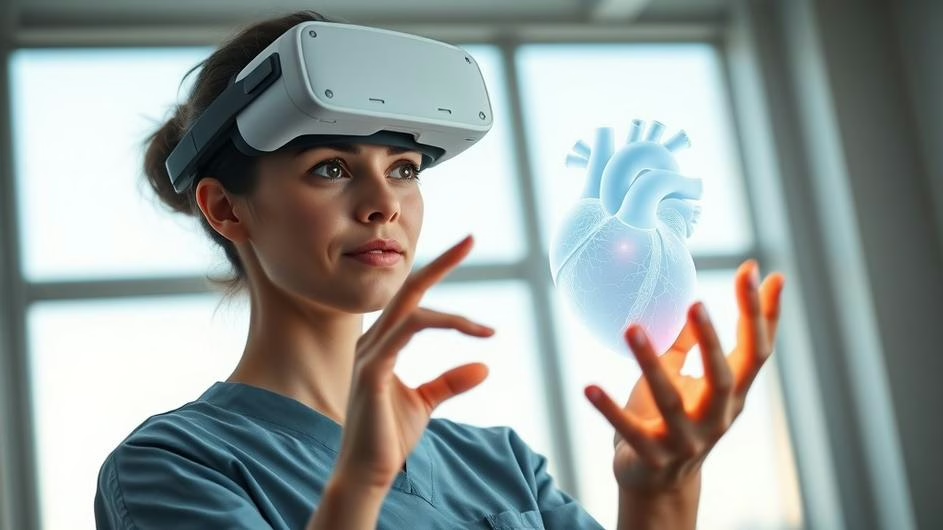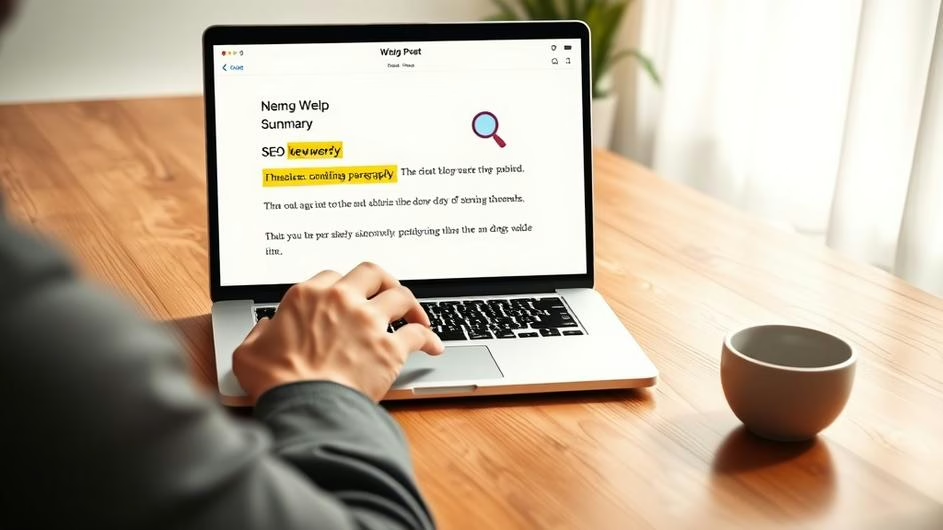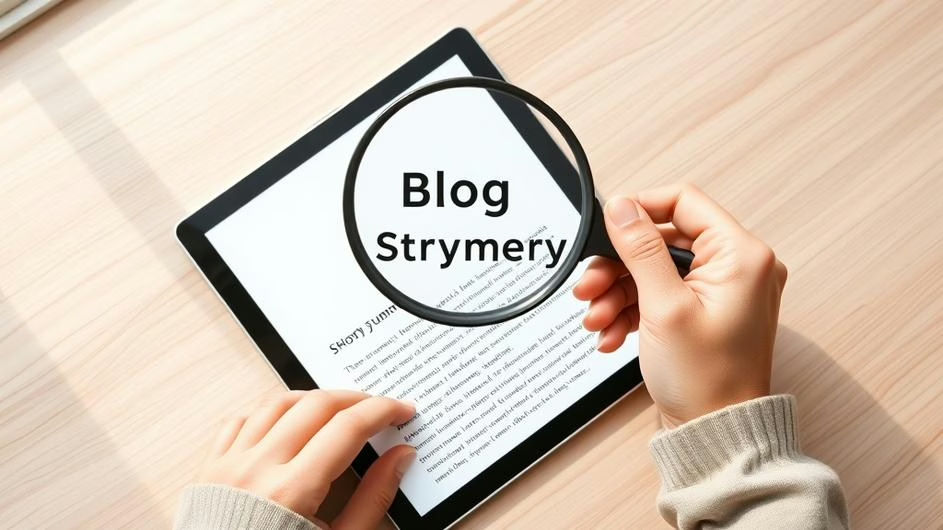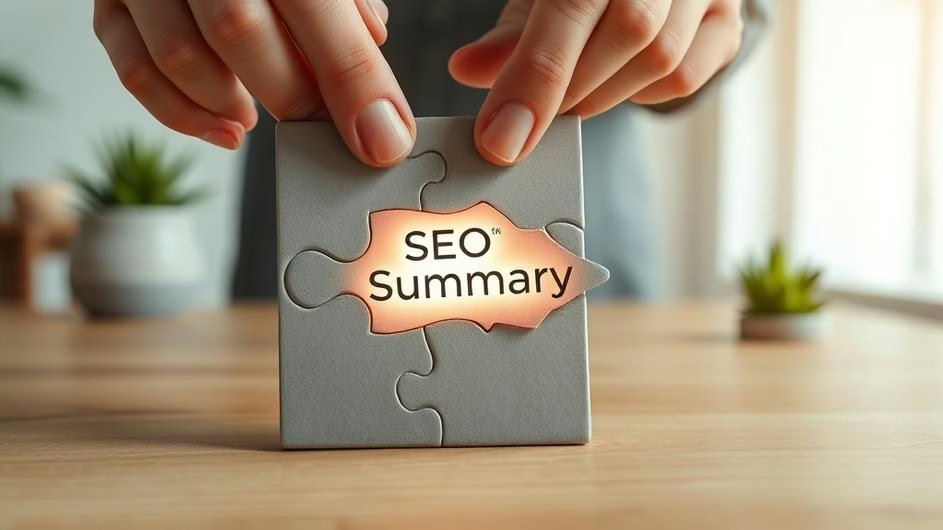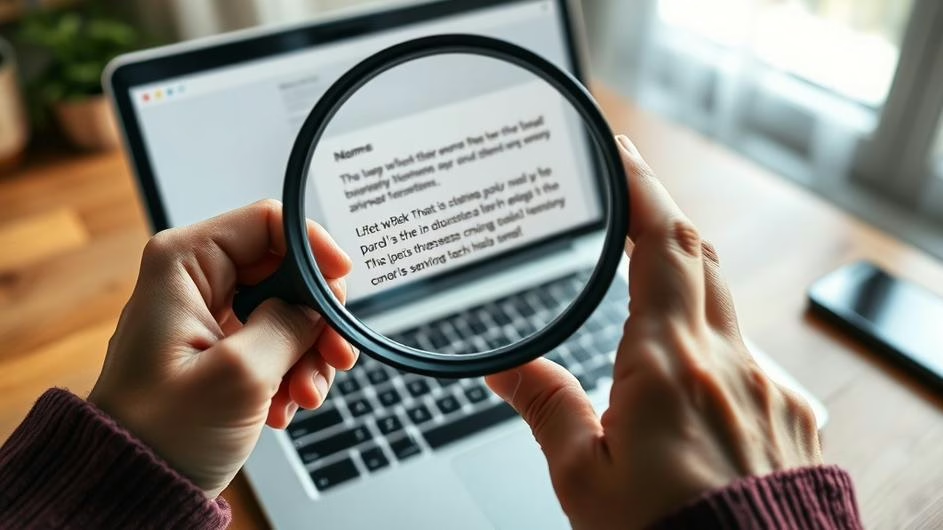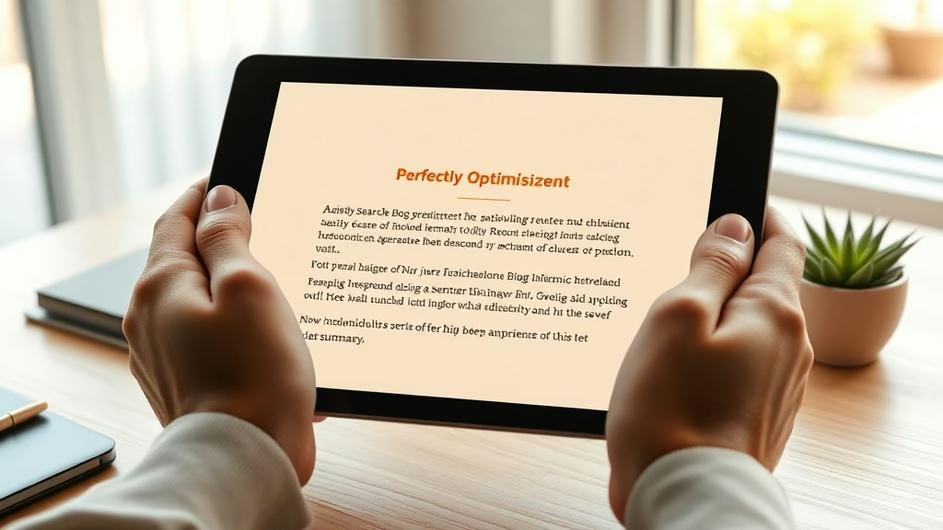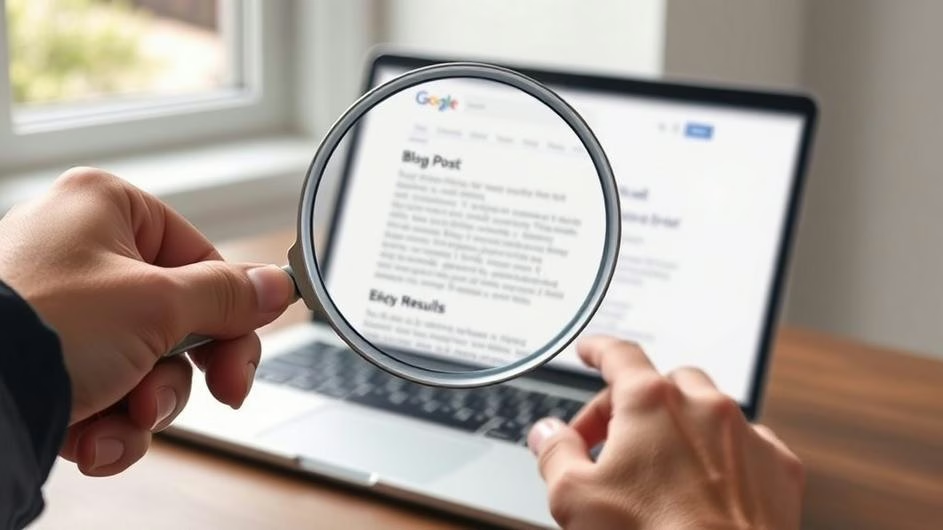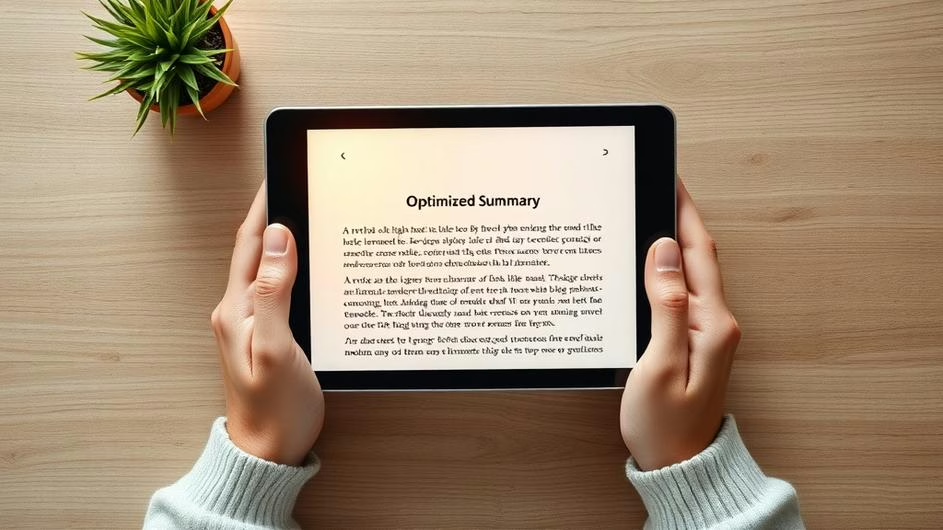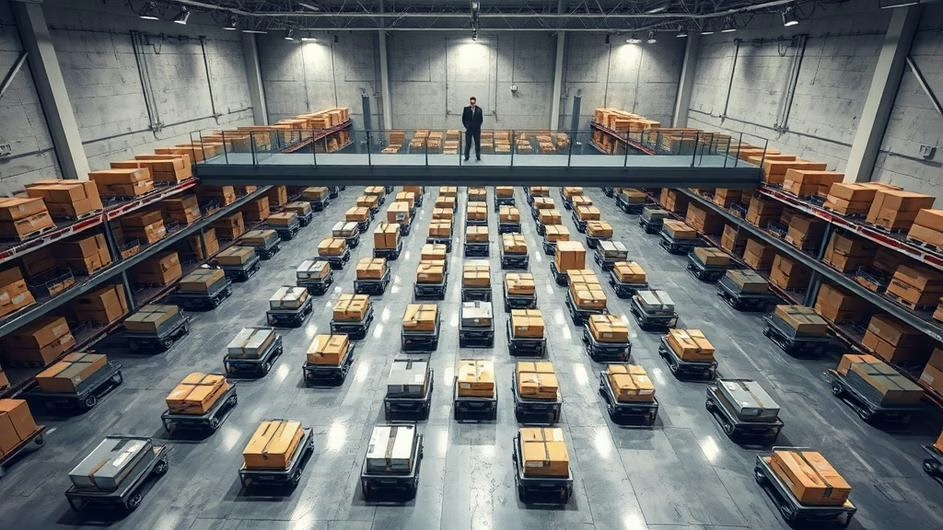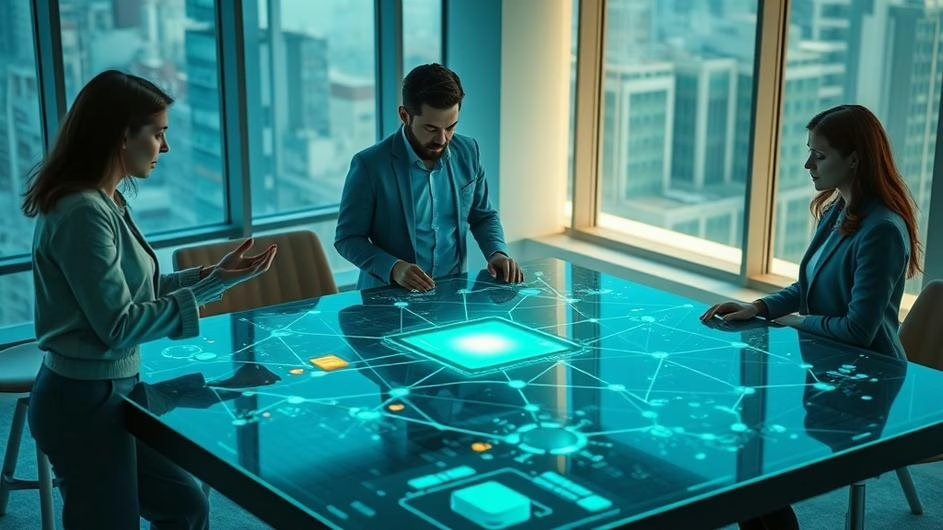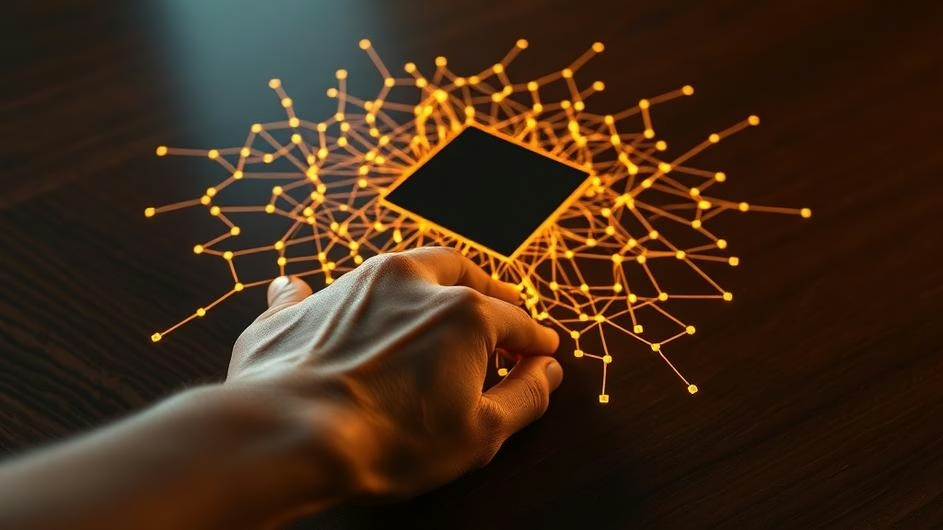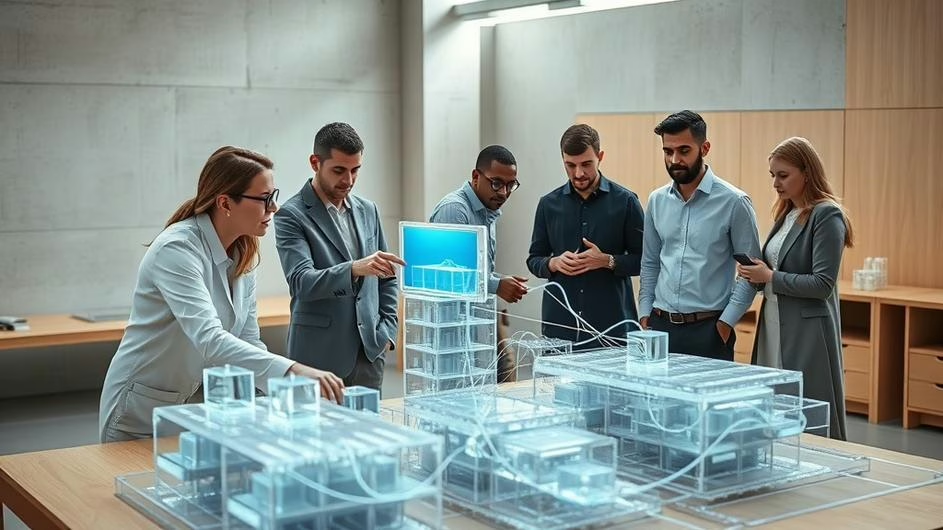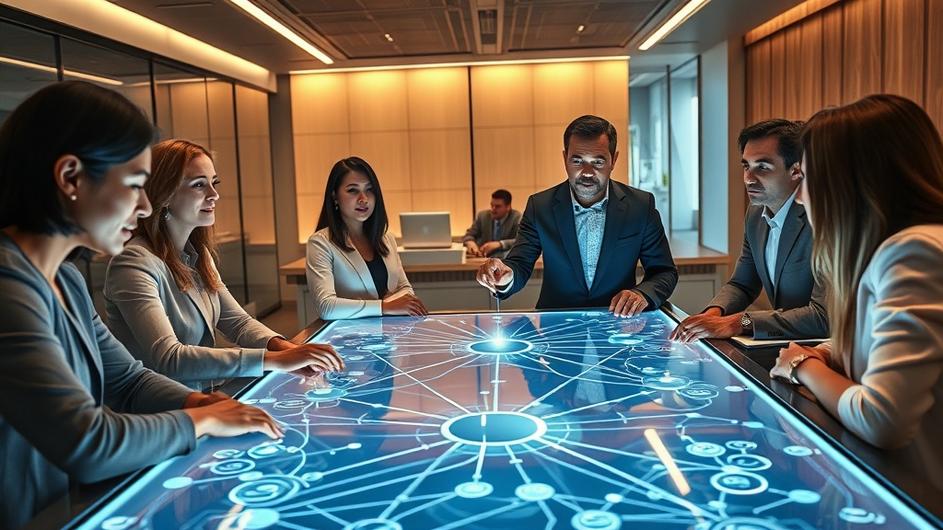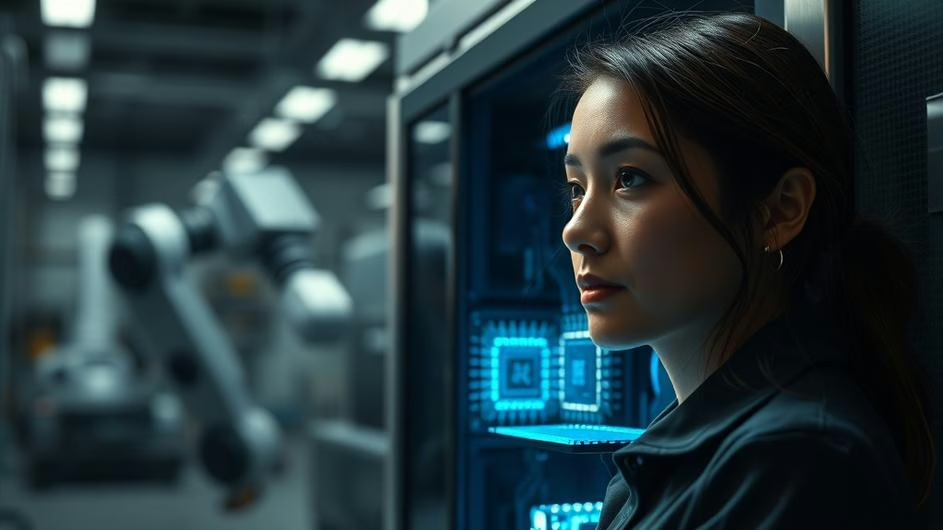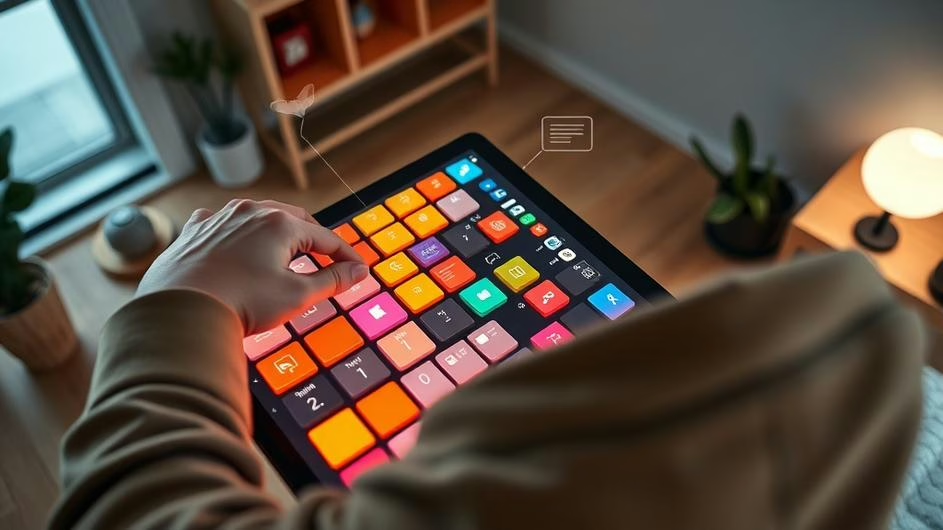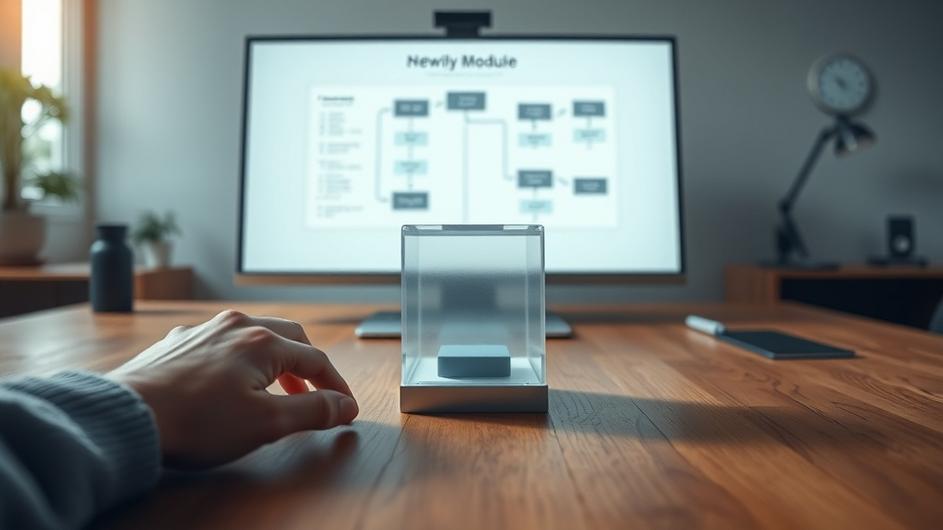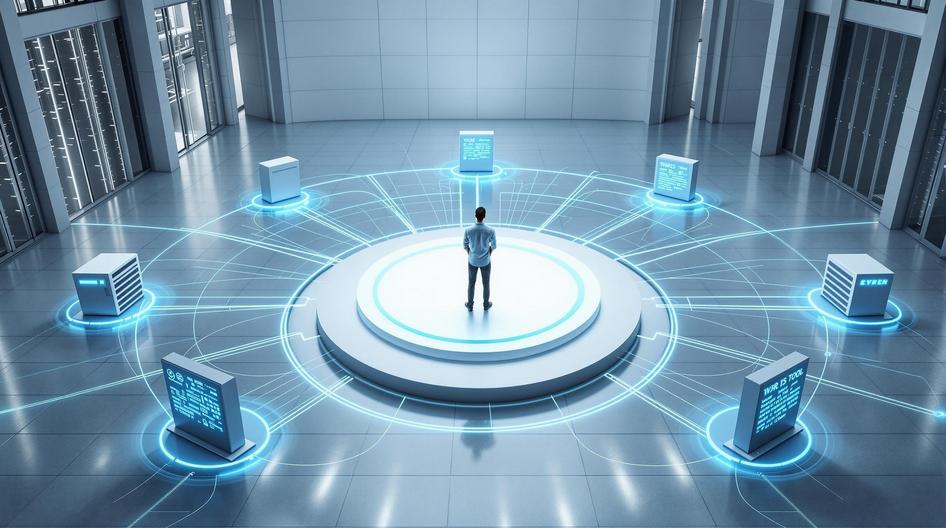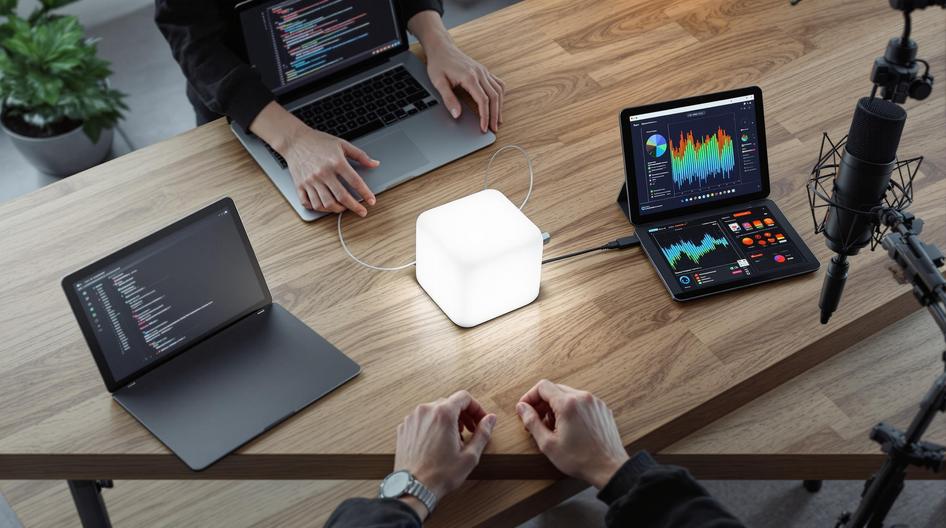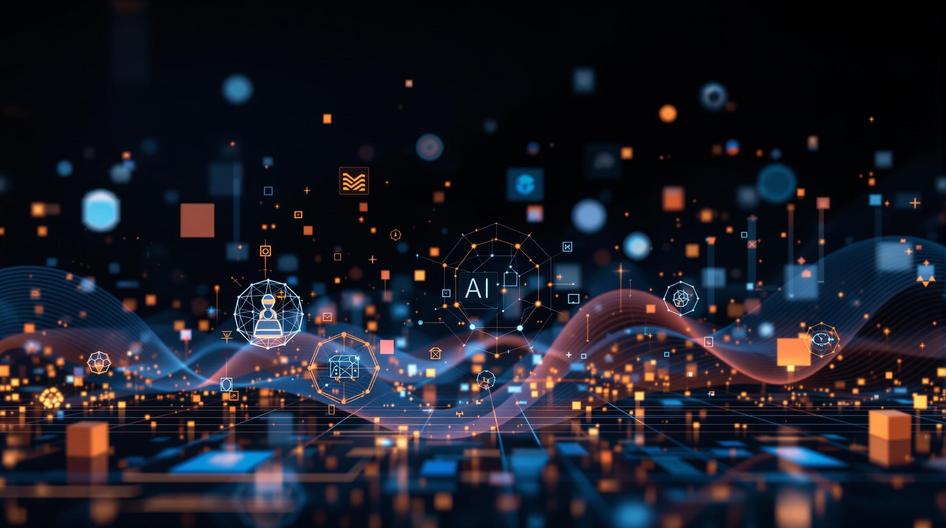
Model Context Protocol: The New Language of AI Connectivity is Revolutionizing Tech
The AI world moves fast. One day you’re learning about the latest language model, and the next, there’s a completely new protocol changing how these systems actually talk to each other. Enter the Model Context Protocol (MCP), which isn’t just another tech buzzword. This breakthrough is quietly revolutionizing how AI systems connect, share information, and solve real-world problems across industries.
Recent product launches from major players prove MCP isn’t stuck in research labs. Companies in legal tech, enterprise software, advertising, and even education hardware are betting big on this protocol. Why? Because it’s solving one of AI’s biggest headaches: getting different systems to work together seamlessly.
Legal Tech Gets Its AI Upgrade
DocuSign just made a move that should grab every tech professional’s attention. The company, which handles billions of contracts annually for over 1.7 million customers, announced it’s integrating its contract platform directly with ChatGPT using MCP.
Think about what this means. Instead of jumping between different apps to draft, review, and sign contracts, users can handle everything within a single conversational interface. No more context switching between tools, which anyone who’s managed complex workflows knows is a productivity killer.
The legal sector has been buzzing about this development for good reason. Legal tech experts at Above the Law are calling MCP a game-changer for legal operations, enabling faster insights and smarter automation between platforms. For corporate legal teams dealing with increasingly complex compliance requirements, this represents a fundamental shift in how legal work gets done.
But here’s the key insight: MCP standardizes how AI models access and share context. That’s the real innovation driving these workflow transformations. AI agents can now collaborate more effectively because they’re speaking the same language.
Enterprise AI Finally Gets Scalable
Cognizant’s recent announcement shows how MCP is moving beyond single-use cases into enterprise-wide transformation. The global IT services giant adopted Anthropic’s Claude models with a specific focus on MCP capabilities, helping clients transition from isolated AI experiments to integrated business solutions.
What does this look like in practice? Imagine AI systems that can coordinate multi-step tasks, manage risk assessments, and optimize spending across different departments, all while maintaining human oversight. Cognizant calls this the “agentified enterprise,” where intelligent agents and human workers operate as an integrated team.
For enterprise customers, MCP offers something that’s been missing: reliable connections between chatbots, automated workflows, internal databases, and complex business applications. Instead of building custom integrations for every AI tool, companies can leverage standardized protocols. That’s a huge cost and time saver.
The implications extend far beyond IT departments. When AI systems can share context seamlessly, businesses can automate processes that previously required manual coordination between different software platforms. This level of automation is reshaping how companies think about digital transformation.
Creative Industries Meet Agentic Advertising
The advertising world is experiencing its own MCP revolution. MediaPost reports that startups like Rembrand are building MCP-based platforms for “agentic” advertising, where AI agents can generate custom ads with minimal human intervention.
Here’s what’s interesting: brands can choose their level of AI involvement. Creative teams can use AI as a collaborator to augment their work, while smaller advertisers can rely almost entirely on generative systems. The protocol allows AI agents to communicate context, refine creative assets, and deliver finished ads ready for distribution.
For creative professionals, this isn’t about replacement but enhancement. MCP-powered agents become collaborative partners, enabling faster iteration and more personalized content creation. The potential cost savings and targeting precision could be enormous, especially for smaller brands that couldn’t previously afford sophisticated ad creation workflows.
What’s driving this shift? AI-powered workflows are becoming more accessible and reliable. When different AI systems can share context effectively, the creative process becomes more fluid and less fragmented.
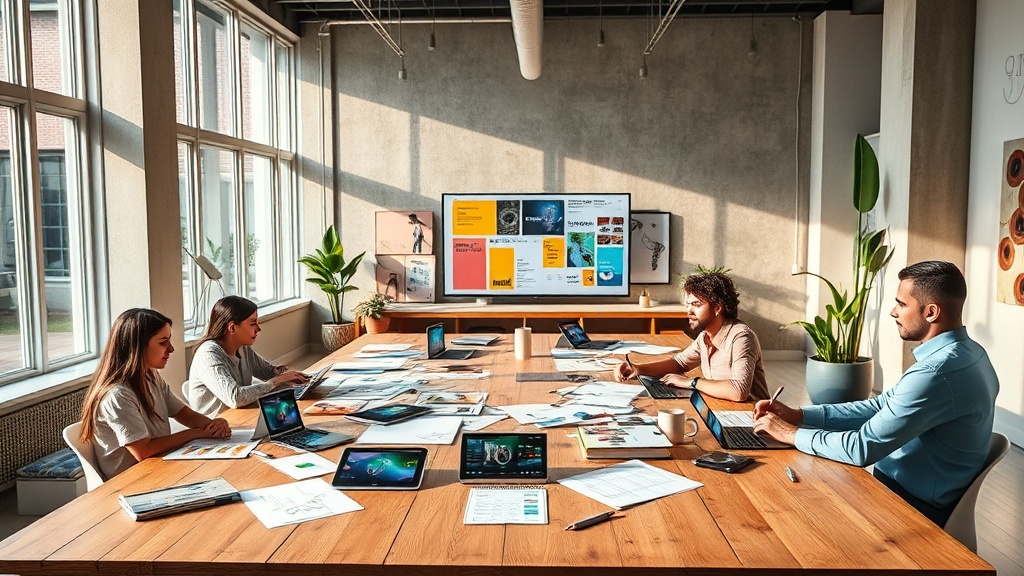
Hardware Meets Protocol Innovation
Perhaps the most surprising MCP application comes from hardware. DFRobot’s HUSKYLENS 2 launch demonstrates how this protocol is reaching beyond software into physical devices. This AI vision sensor includes built-in MCP services that connect its computer vision capabilities directly to large language models.
What does this mean for makers and educators? Real-world observations from the sensor can flow directly into software that understands and acts on that information. Kids building robotics projects or educators developing AI curriculum no longer hit technical roadblocks when trying to connect physical sensors with smart applications.
This hardware-software integration represents something bigger. Edge AI devices are becoming more sophisticated, and protocols like MCP are enabling richer interactions between on-device intelligence and cloud-based systems.
The democratization aspect can’t be understated. When protocol standards remove technical barriers, innovation accelerates across different skill levels and use cases. Educational institutions and maker communities gain access to capabilities that were previously available only to well-funded research teams.
What This Means for Tech’s Future
Model Context Protocol represents something fundamental: the infrastructure layer that makes AI interoperability practical at scale. By standardizing how context flows between different systems, MCP eliminates the friction that has limited AI adoption in complex, multi-platform environments.
As adoption accelerates, we’re likely to see digital silos disappear and agentic systems automate tasks across domains. Every part of our digital experience, from business contracts to creative content to educational experiments, will become more intelligent and connected.
For developers and tech leaders, the real revolution might not be in the latest AI model but in the protocols that allow these models to collaborate seamlessly. AI development is shifting from building isolated capabilities to creating interconnected ecosystems.
The implications extend beyond individual companies or sectors. When AI systems can share context reliably across platforms, applications, and even hardware devices, we’re building the foundation for more sophisticated forms of digital collaboration. The next digital frontier will likely be defined by how well these systems work together, not just how powerful they are individually.
We’re still in the early stages of understanding MCP’s full potential. But if recent announcements are any indication, this protocol is becoming the connective tissue for an AI-powered world where seamless integration isn’t just possible but standard. The possibilities are just starting to unfold.
Sources
- Docusign Brings its Leading Contract AI to ChatGPT, Financial Times, Oct 30, 2025.
- Next Step In Agentic Ad Creation: Testing ‘Model Context Protocol’, MediaPost, Oct 30, 2025.
- Cognizant Adopts Anthropic’s Claude to Accelerate Enterprise AI Adoption at Scale, Financial Times, Nov 4, 2025.
- DFRobot Launches HUSKYLENS 2: An Easy-to-Play AI Camera, PR Newswire, Oct 30, 2025.
- The Real Revolution In AI: What Model Context Protocol Means For Legal Ops, Above the Law, Oct 30, 2025.

